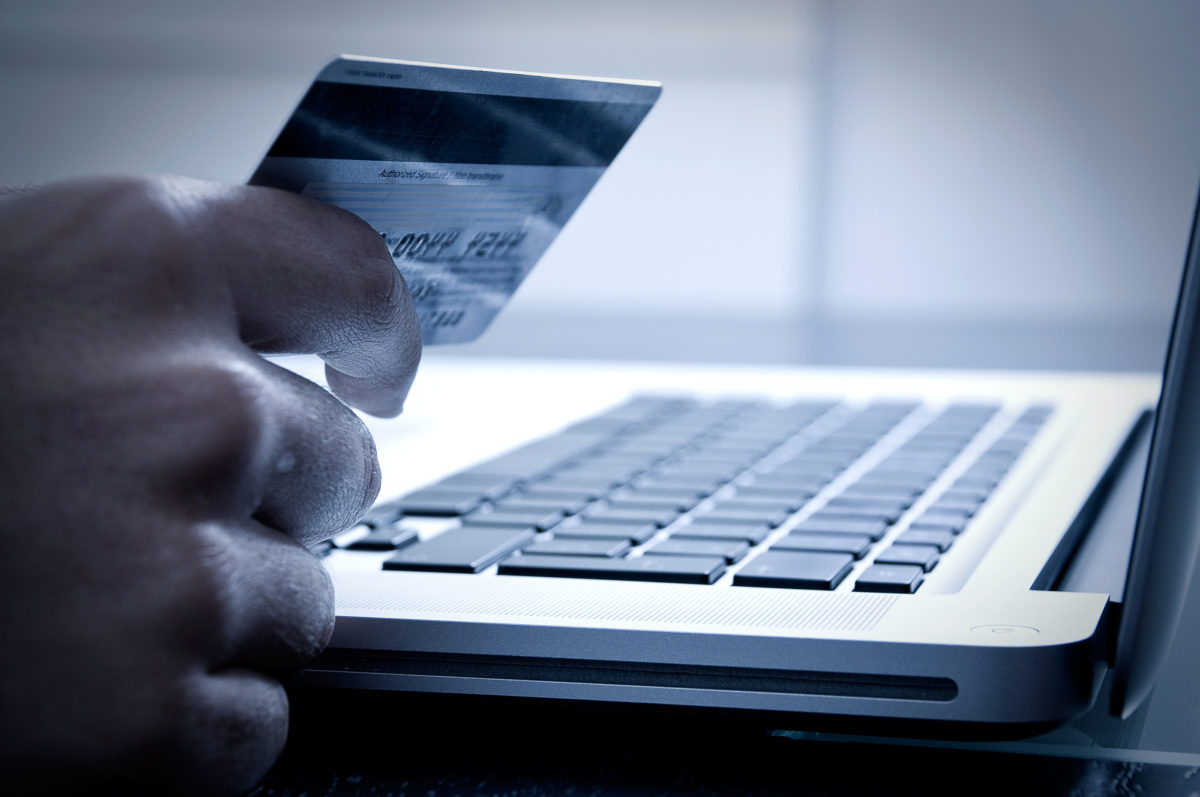Are you a small business owner that has not yet opened a business bank account? Business bank accounts allow small businesses to manage their finances, easily track invoices, and quickly file for taxes.
It should be noted that there is more than one type of business account you may choose from. As a small business owner, you will have the following options to choose from:
-
- Business checking account
- Business savings account
- Business credit card
- Merchant services
The best option for your business will be based on the needs of your business. Each of these has its own benefits and it is very likely your small business can benefit from more than one.
Nowadays, opening a business account is fairly simple. With the right information and documentation regarding you and your small business, you can quickly open an account online within minutes.
Continue to read this article to learn about what you need to open a business account and to learn about a few tips to help you along the way.
Everything You Need to Open a Business Account
The requirements for opening up a business banking account will vary depending on the state your business resides in and the bank you choose. Here is a list of documents that are generally required.
Personal Identification
In order to open a bank account, you will need a government-issued ID, such as a driver’s license or passport. Some banks will require you have both to open a bank account. You will also need to provide the bank with your personal mailing address, date of birth, and contact information, such as telephone number and email address. Additionally, you will need to provide the bank with your social security number.
For every owner that takes at least 25% ownership of the business, you must provide this information.
Employer Identification Number
You must provide the employer identification number if your business has one and any relevant documents from the IRS. If you are a sole proprietor or single member LLC, banks might accept your social security number instead.
Business Information
When applying for a business account, business owners will be asked about the business’s name, address, trade name or DBA, and entity type. The entity type will either be a sole proprietorship, partnership, LLC, or corporation. You may also need to provide the industry type your business is in.
Documents and Agreements
The documents you need will vary depending on your business type. Here is a list of what different business’s generally need.
Sole proprietorship
-
- Business name registration certificate
- Business License
Partnership
-
- Partnership agreement
- Business License
- LLC operating agreement
LLC
-
- Business License
- Articles of organization
- LLC operating agreement.
Corporations
-
- Business License
- Articles of incorporation
- Corporate bylaws
Opening Deposit
Upon opening a business bank account, you may be required to deposit cash. Some require $5 to $1,00 minimum. Alternatively, some banks will not require a deposit.
Different Types of Bank Accounts For Your Small Business
Here is useful information regarding the different types of bank accounts.
Business Checking Account
Business checking accounts after best for everyday use.
Cons of business checking account for your small business:
-
- There may be limited ATM machines
- There may be monthly fees
- If stolen, it is hard to prove fraud
Business Savings Account
Business savings accounts are best for long-term small business savings.
Cons of business savings account:
-
- Annual percentage yield (APY)
- There may be account fees
- There is normally a minimum balance required to earn interest
Merchant Accounts
Merchant accounts are best for businesses that are accepting debit and credit as a method of payment.
Cons of merchant accounts:
-
- There may be bundled merchant services
- There may be additional fees
Choosing a Bank
It is important to do your own research when it comes to choosing the best bank for your small business. You don’t want to choose a bank with costly monthly fees if your business is not quite there yet. Consider the financial needs of your business. Consider the following:
-
- Transaction fees
- ATM access
- Monthly fees
- Minimum balance requirements
- Mobile/online banking
- Integrations such as bill pay
- Incidental fees
- Wiring, transfer, and payment options and fees
Here are a few banks we recommend. Please remember to do your own research to ensure the bank you choose is best for your small business.
Novo
What is the monthly fee for Novo?
There is no monthly fee for Novo.
Is there a minimum opening deposit requirement for Novo?
The minimum opening deposit requirement for Novo is $50.
Is there an APY for Novo?
There is no APY with Novo.
Are there transaction fees for Novo?
There are no transaction fees with Novo, and you get an unlimited amount of transactions.
Is there a bonus when signing up for Novo?
There is no bonus when signing up for a BluevÍne business account.
Is there branch access with Novo?
There is no branch access with Novo. It is an online bank.
Chase For Business
What is the monthly fee for Chase For Business?
The monthly fee for Chase For Business is $15. This fee may vary and can be waived each month depending on your account.
Is there a minimum opening deposit requirement for Chase For Business?
There is no minimum opening deposit requirement for Chase For Business.
Is there an APY for Chase For Business
There is no APY with Chase For Business.
Are there transaction fees for Chase For Business?
With Chase For Business, you have unlimited electronic deposits and 20 free in-person (teller) and paper transactions per month.
Is there a bonus when signing up for Chase For Business?
If you meet the requirements, receive a $300 bonus when signing up for Chase For Business.
Is there branch access with Chase For Business?
There is branch access with Chase For Business.
BluevÍne
What is the monthly fee for BluevÍne?
There is no monthly fee for BluevÍne.
Is there a minimum opening deposit requirement for BluevÍne?
There is no minimum opening deposit requirement for BluevÍne.
Is there an APY for BluevÍne?
The APY for BluevÍne is 1.50% on balances up to and including $100,000.
Are there transaction fees for BluevÍne?
There are no transaction fees with BluevÍne, and you get an unlimited amount of transactions.
Is there a bonus when signing up for BluevÍne?
There is no bonus when signing up for a BluevÍne business account.
Is there branch access with BluevÍne?
There is no branch access with BluevÍne. It is an online bank.
Prior to opening an account for your small business, make sure that what the bank offers aligns with your business goals. Additionally, look into credit cards that have a reward system with cash back, and alternative payment methods.







